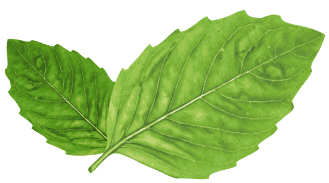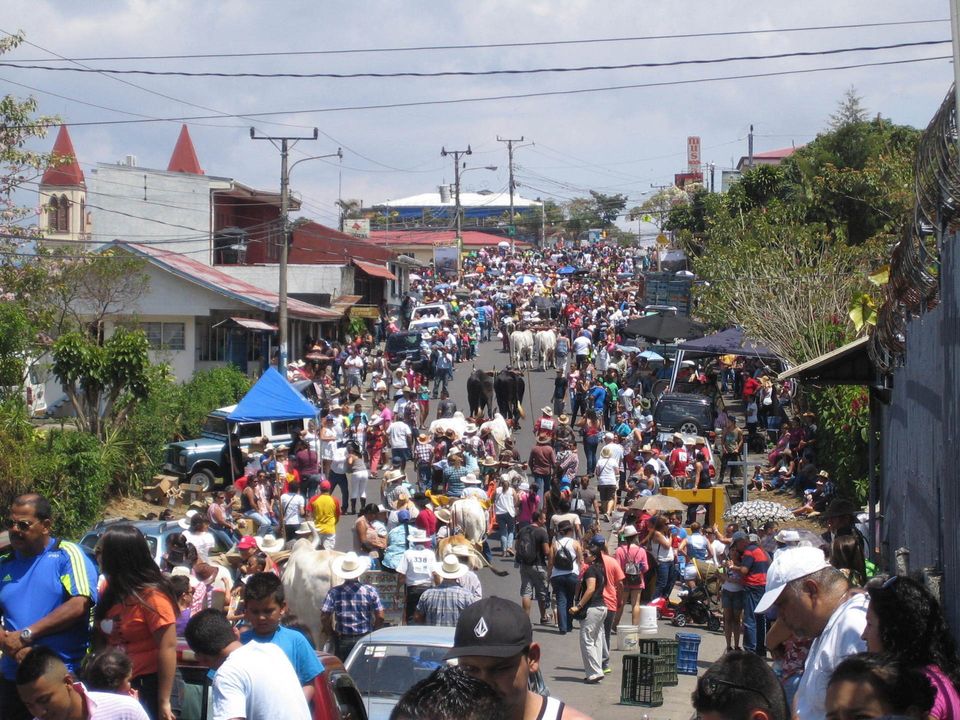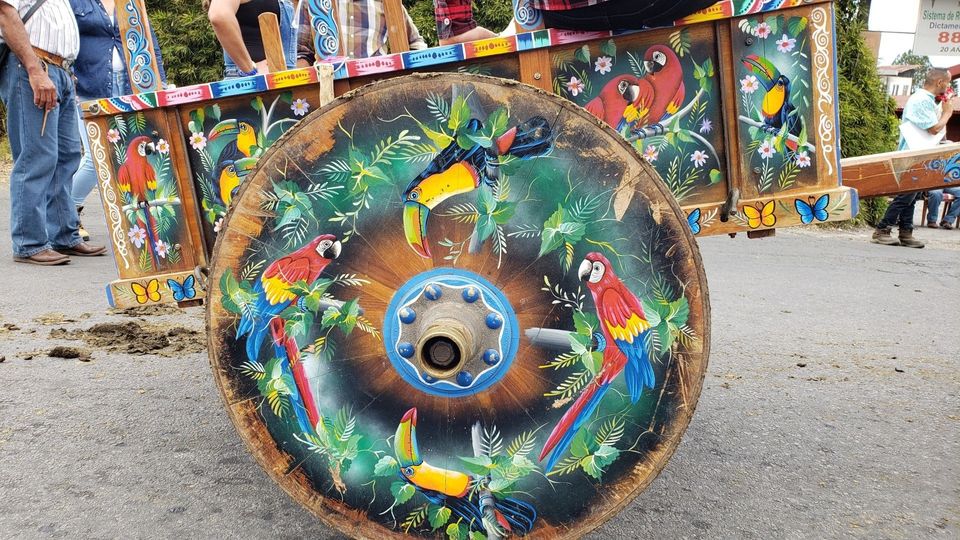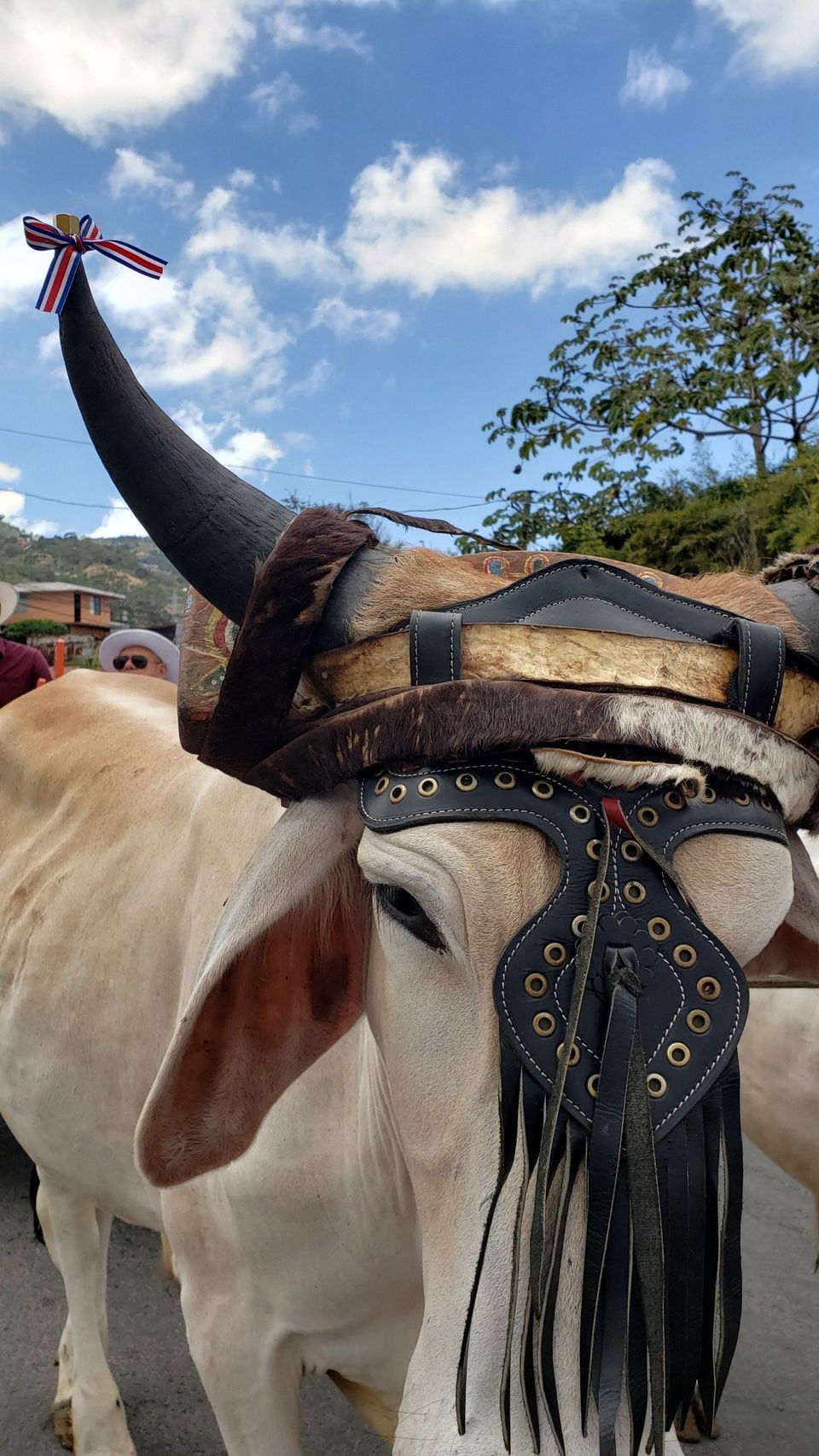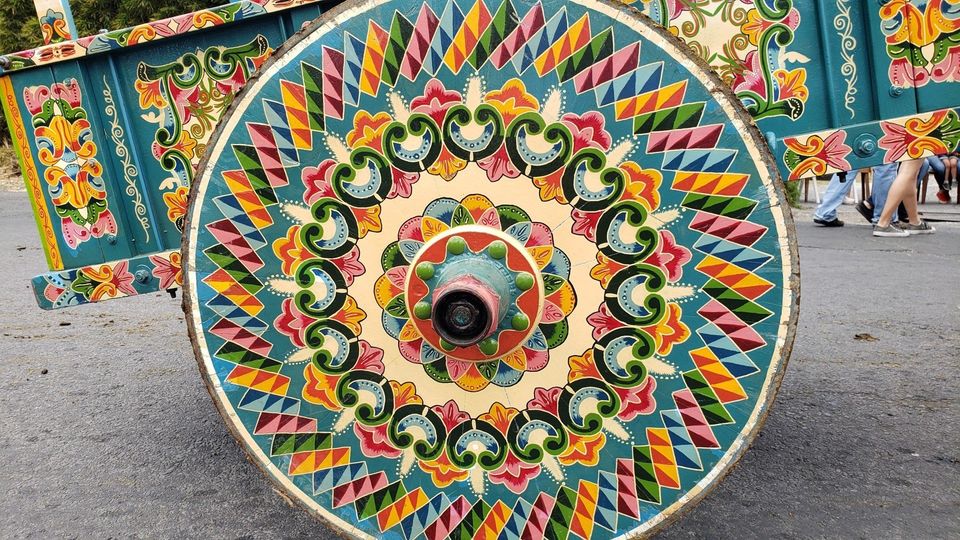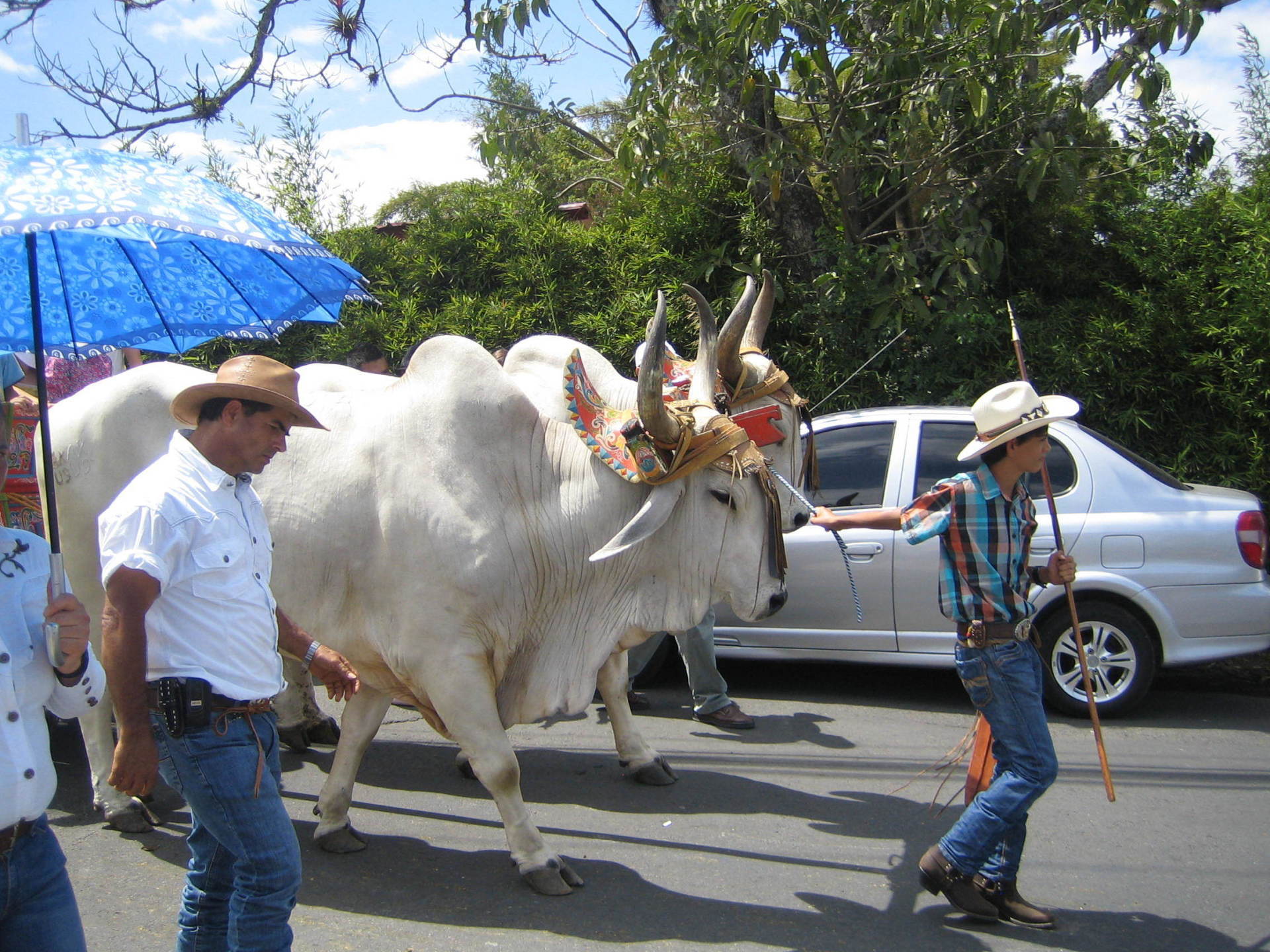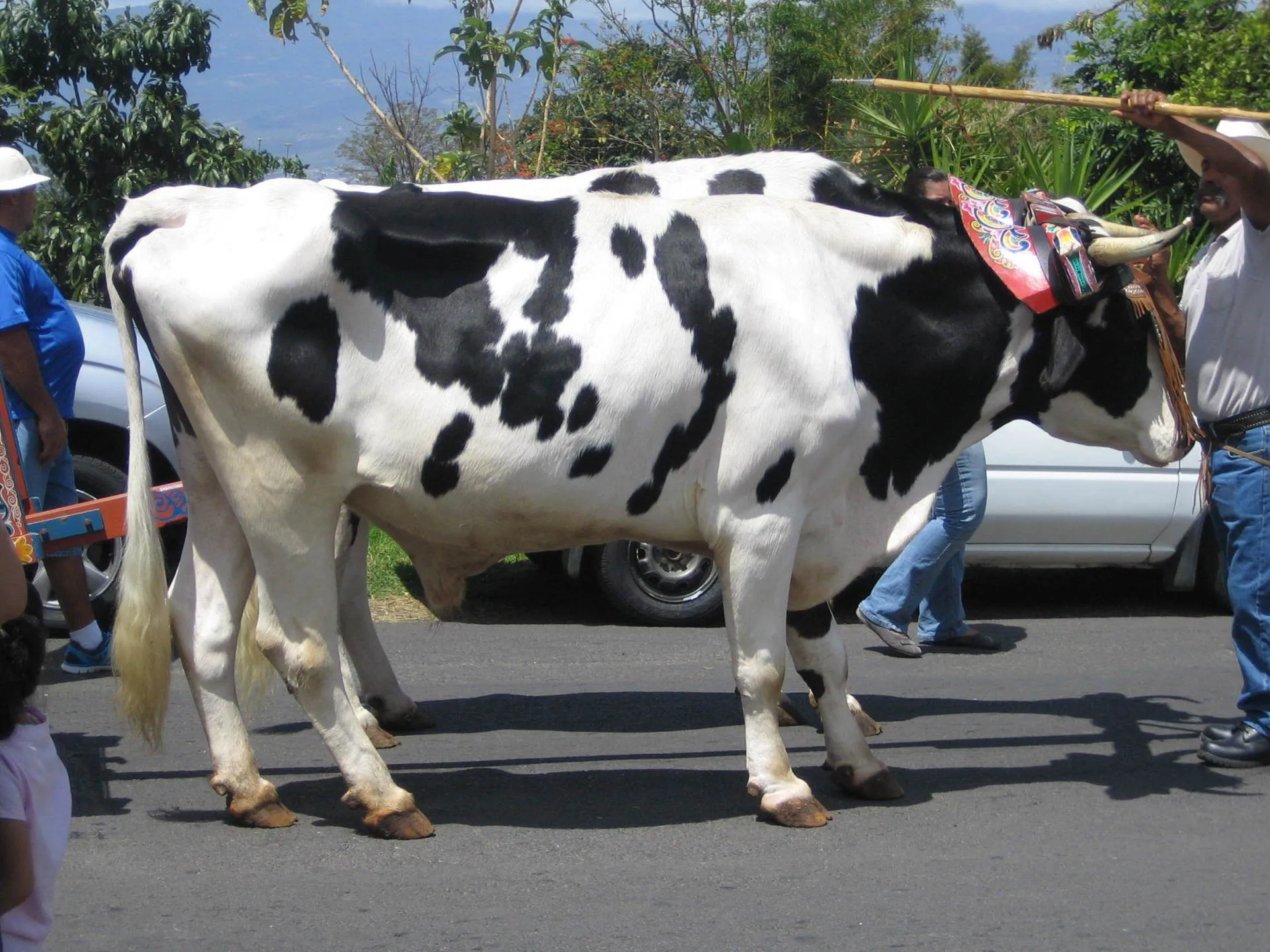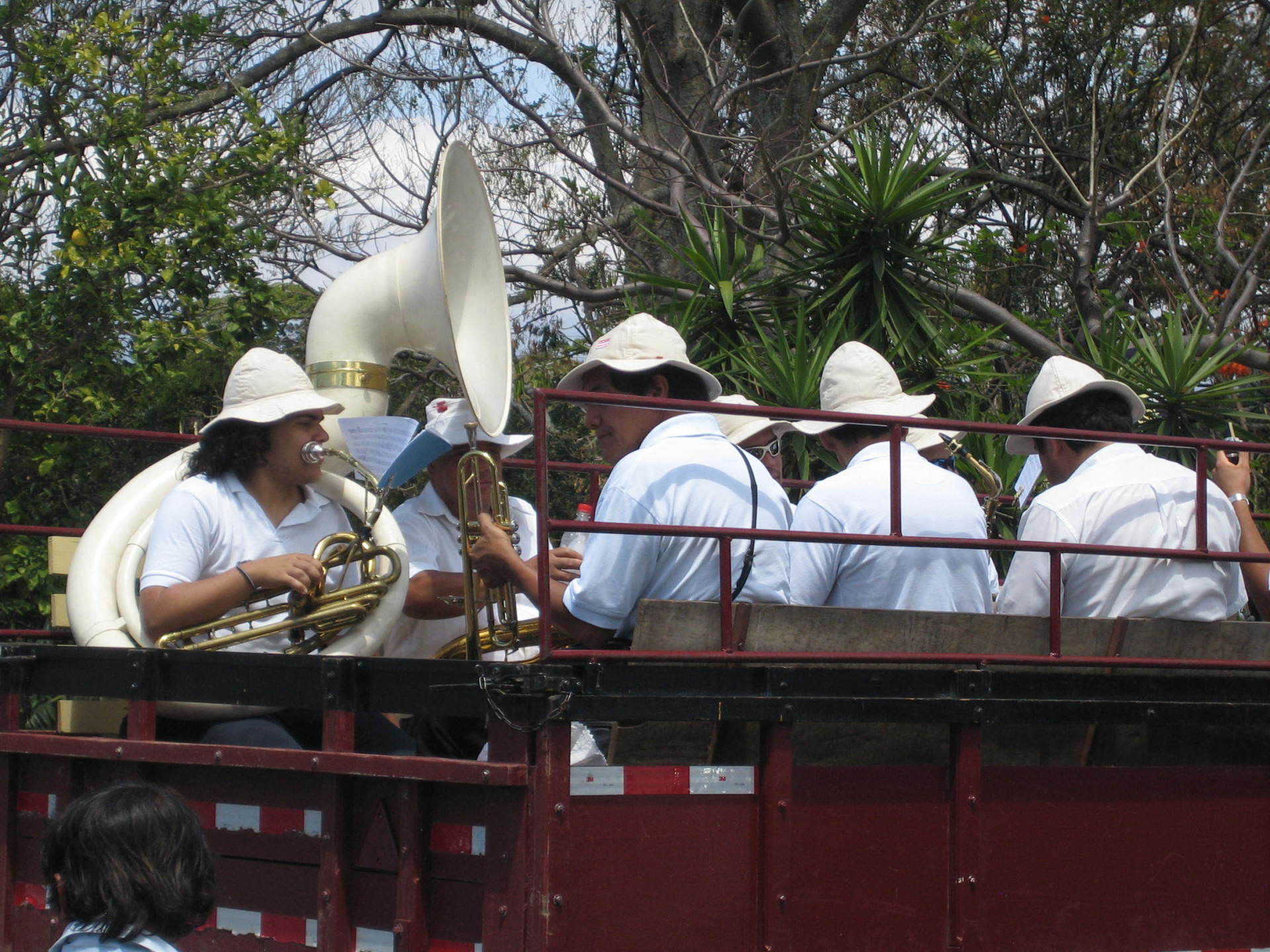Diseño del blog
La Carreta - Typical OXCART in Costa Rica
May 12, 2020
“...the oxcart is STILL being used in Costa Rica...”
La Carreta - The Typical Oxcart of Costa Rica
Have you seen the colorful oxcarts in Costa Rica?
Yes, they are painted exquisitely, and yes, you can take them home as a souvenir in any size (for decoration, a dry bar, storage and more), BUT it is important that you know that the oxcart is STILL being used in Costa Rica by our “boyeros” to work on the fields and transport their harvests.
Let me tell you a bit more.
Where does it come from, when did they start to use it and why?
When coffee became a big deal in the economy of our country, around the mid 19th century, it was important to find a means of transportation with a solid wheel that was easier to handle in the muddy terrain, big slopes, rocky ground and curves.
Of course this kind of wagon was brought originally from Spain in the 16th century, but it was very simple, made of logs and sticks, and without any paint. The manufacturing technique evolved rapidly, the colors and designs have constituted a peculiar note of the country.
The first coffee export from Costa Rica to England was made in 1843 and this opening of an international commerce intensified the use of the cart becoming an important tool for our farmers to get the “golden grain” (coffee) from the Central Valley to the coasts. This took about 10 to 15 days!
And in many cases, ox carts were the only means of transportation for a family and symbolized their social status.
The painting of the carts began in the early 20th century. By that time each region of Costa Rica had its own design, which allowed it to identify the origin of the owner. At first flowers, faces and miniature landscapes began to appear next to the motifs representing pointed stars. Today you see striking colors and unique designs that can be geometric figures, flowers, animals or landscapes.
Annual competitions were organized to reward the most creative artists, a custom that still continues today.
Watch the VIDEO below of the beautiful paintings of the oxcarts:
"..the tradition of painting was declared a Cultural Heritage of Humanity by UNESCO in 1995"
Many stories have been written about the oxcart, from the wildest legends of oxcarts moving on their own without an ox, up to romantic stories of how the ladies recognized the particular sound of the oxcart of their lover or husband.
The “carreta” was declared a national symbol of Costa Rica in 1988 and the tradition of painting was declared a Cultural Heritage of Humanity by UNESCO in 1995.
As mentioned before, the oxcart is still used by farmers around the country but has been widely replaced by modern vehicles. It still occupies an important place in parades and celebrations, being the “Día Nacional del Boyero” one of the most important festivities in their honour.
This takes place on the SECOND SUNDAY of March each year
in San Antonio de Escazú, the little town where the TROPICAL PASS Office
is located!
This festivity starts at 5 in the morning with a typical marching band (cimarrona) going through town to wake everybody up. Although, 5:00h is - for most ticos - already late, they normally start their day way earlier than that!
Then, around 9 in the morning, the parade of about 200 oxcarts begins, with the most stunning carts and oxen. I have always wondered how they get the two oxen to look like twins in colors and height, even though they are not even related! Some oxen get golden caps on their horns for embellishment.
The parade ends on the plaza in front of the church of San Antonio de Escazú, where you can also see a huge mural in honor of the boyeros, as well as a statue made by a renowned artist.
Then the real festivities begin, starting with a blessing from the priest (main religion in Costa Rica is catholicism) and it goes on with music and dances, raffle of prizes, food, theater, artisan market and more.
El Día del Boyero is one of the MOST AMAZING festivities to visit in Costa Rica! If possible, plan your vacation accordingly making sure you are in San José on the second Sunday of March!
You will not only see the oxcarts, but enjoy typical food and breath-in the pure Costa Rican culture and learn to know the identity of its people, the real “ticos” (as we call ourselves).
Reserve the next date
Sunday, March 14th, 2021
And if you want to know about more festivities worth visiting, please contact us:
or
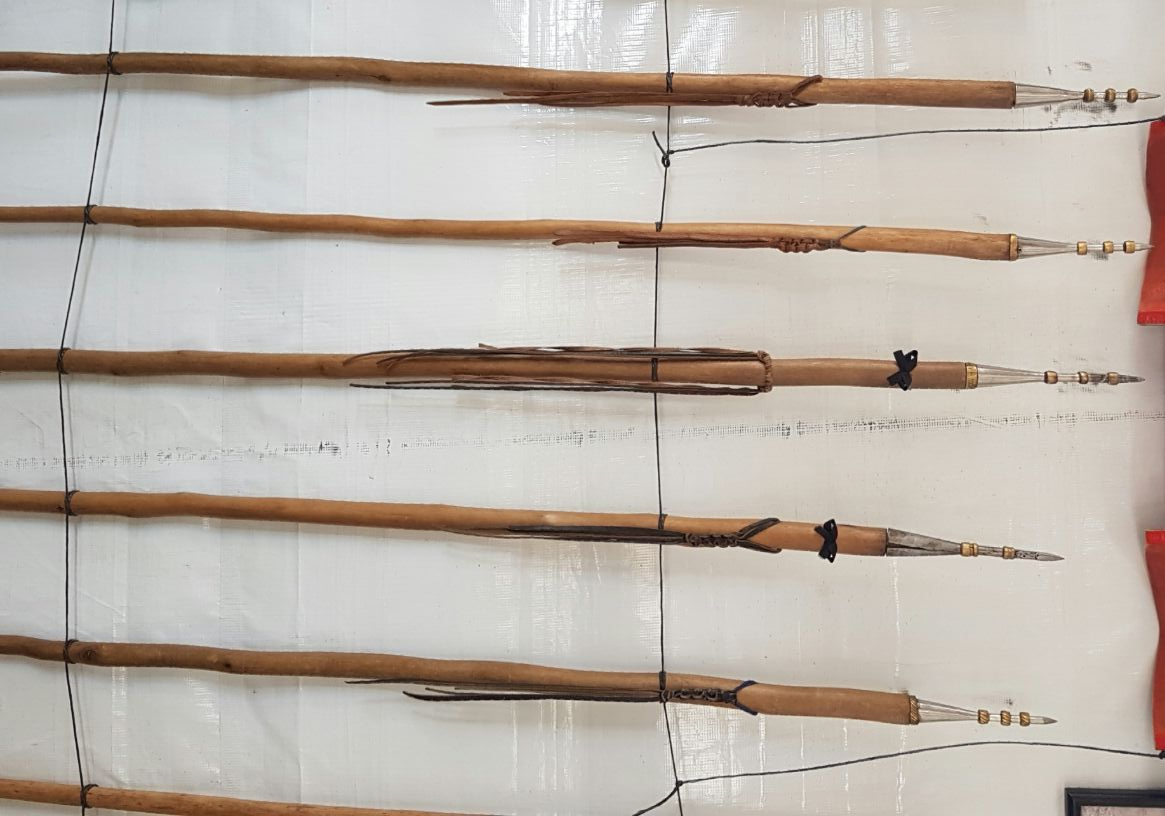
Título de diapositiva
Escriba su subtítulo aquíBotón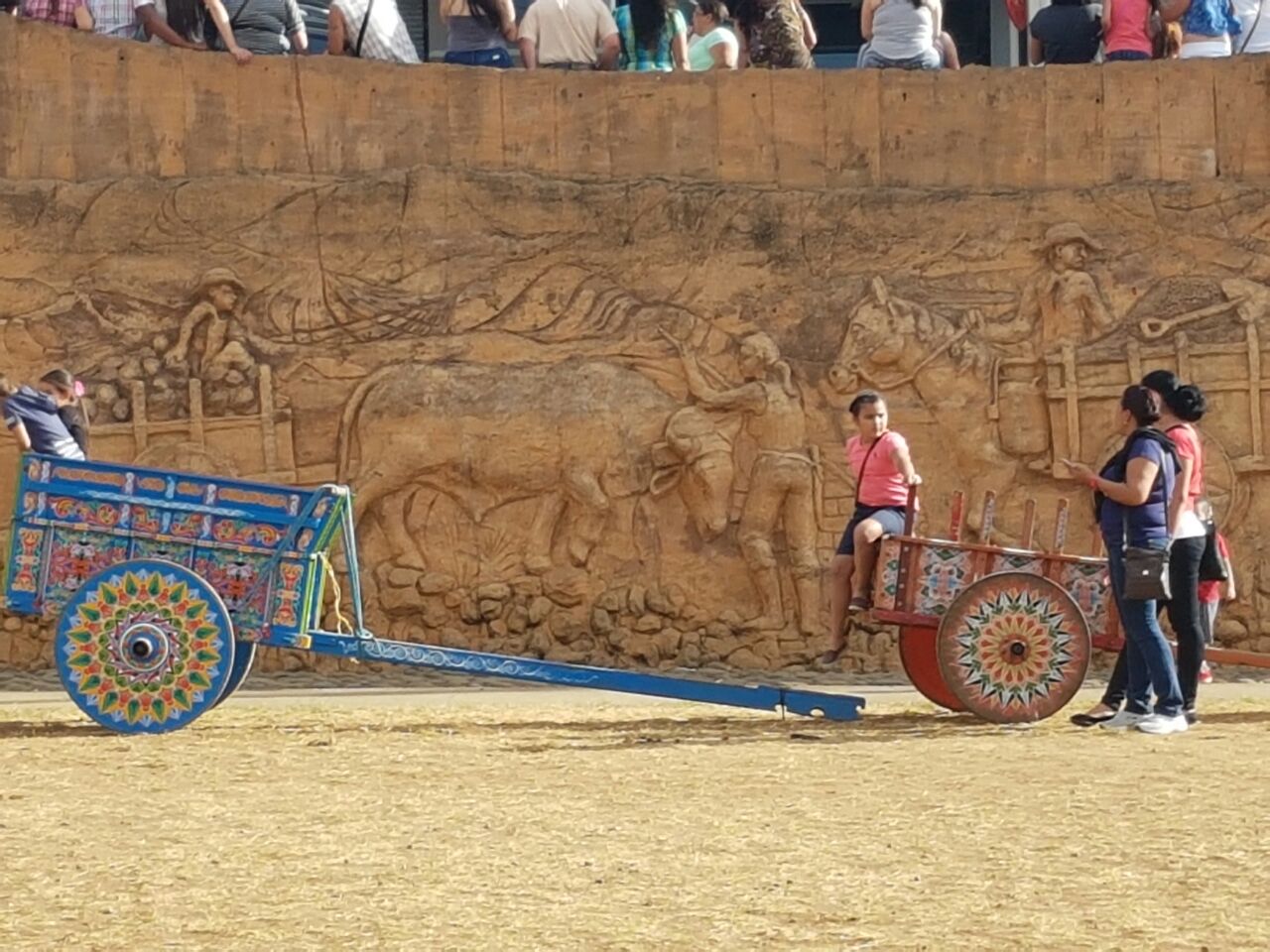
Título de diapositiva
Escriba su subtítulo aquíBotónTítulo de diapositiva
Escriba su subtítulo aquíBotón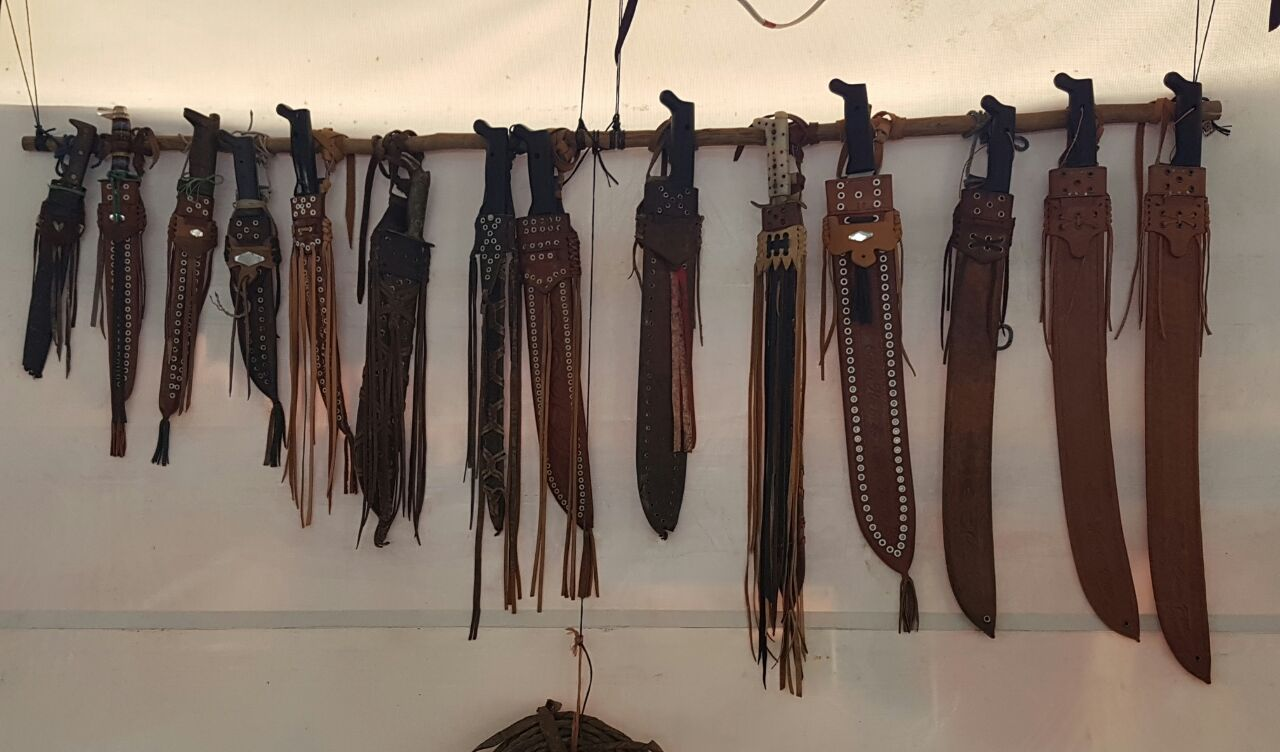
Título de diapositiva
Escriba su subtítulo aquíBotón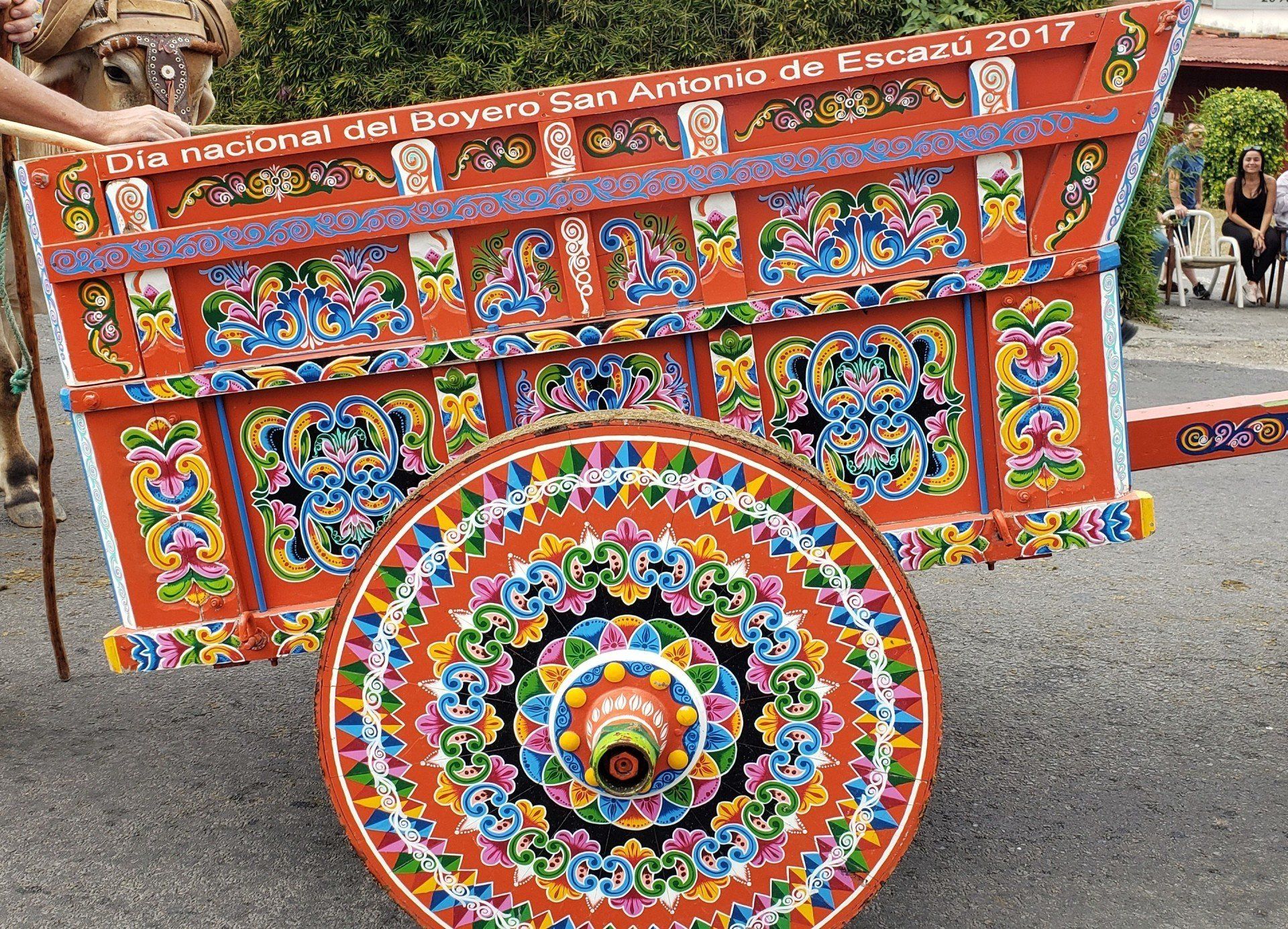
Título de diapositiva
Escriba su subtítulo aquíBotón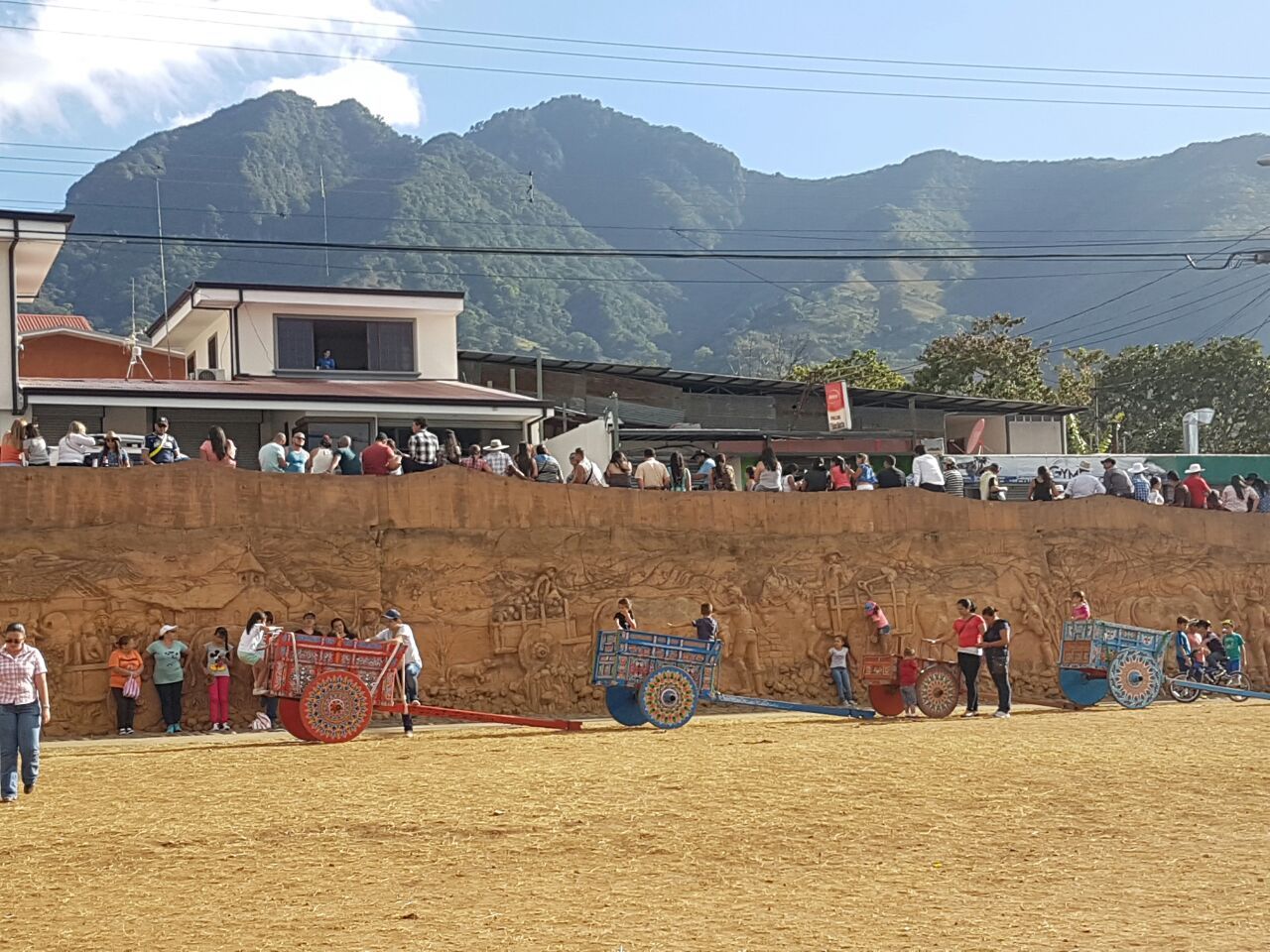
Título de diapositiva
Escriba su subtítulo aquíBotónTítulo de diapositiva
Escriba su subtítulo aquíBotónTítulo de diapositiva
Escriba su subtítulo aquíBotón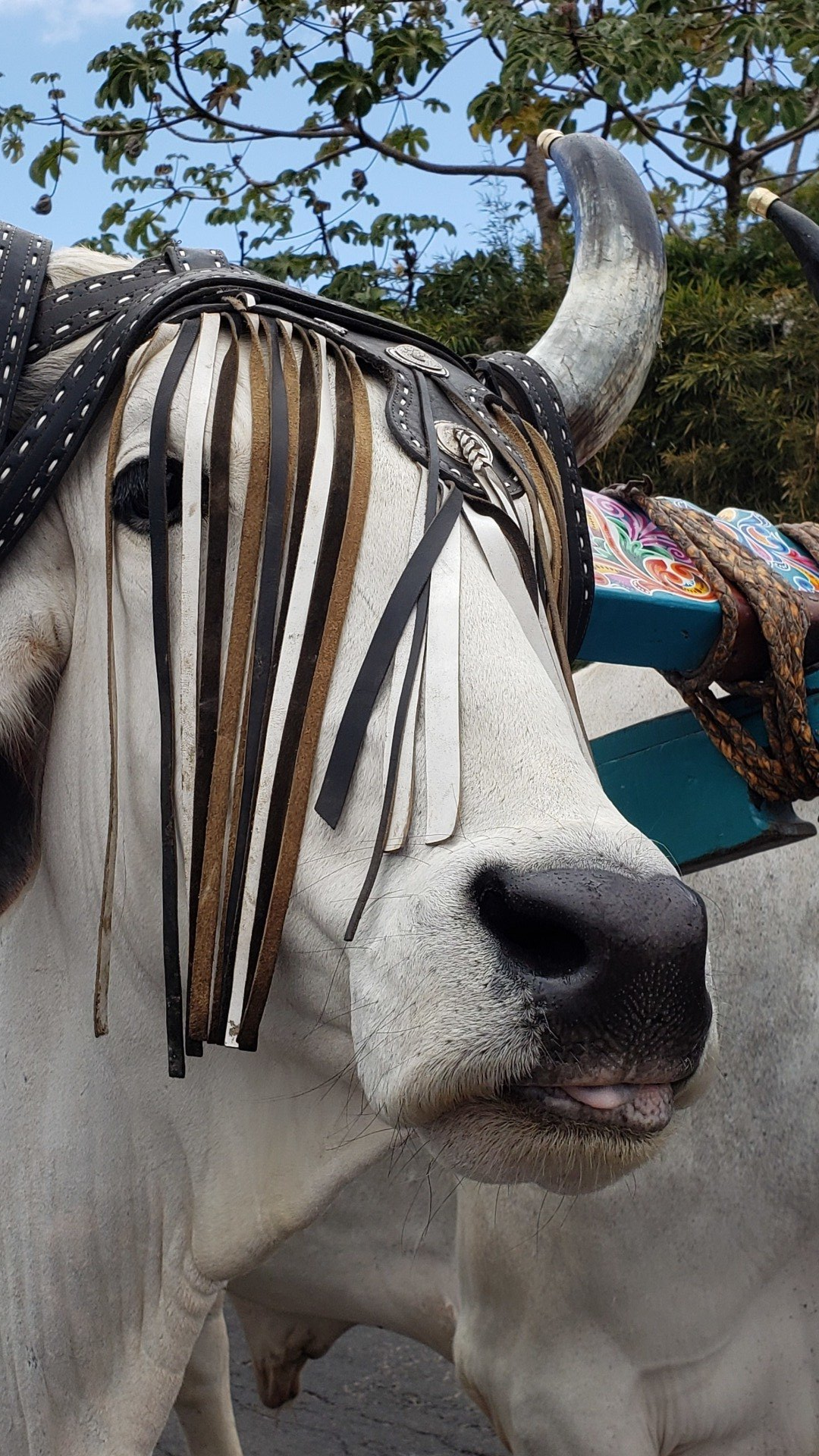
Título de diapositiva
Escriba su subtítulo aquíBotón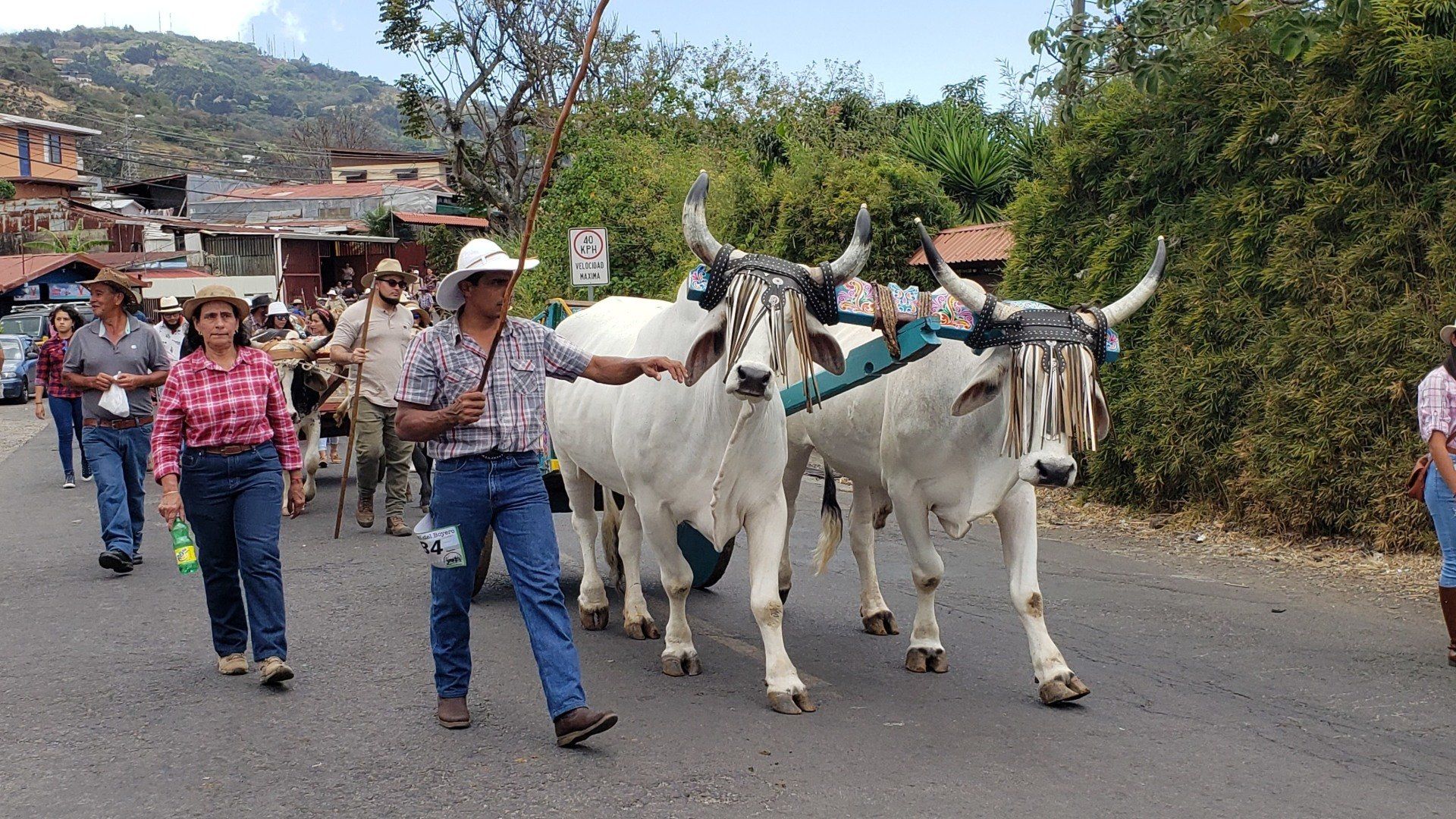
Título de diapositiva
Escriba su subtítulo aquíBotónTítulo de diapositiva
Escriba su subtítulo aquíBotón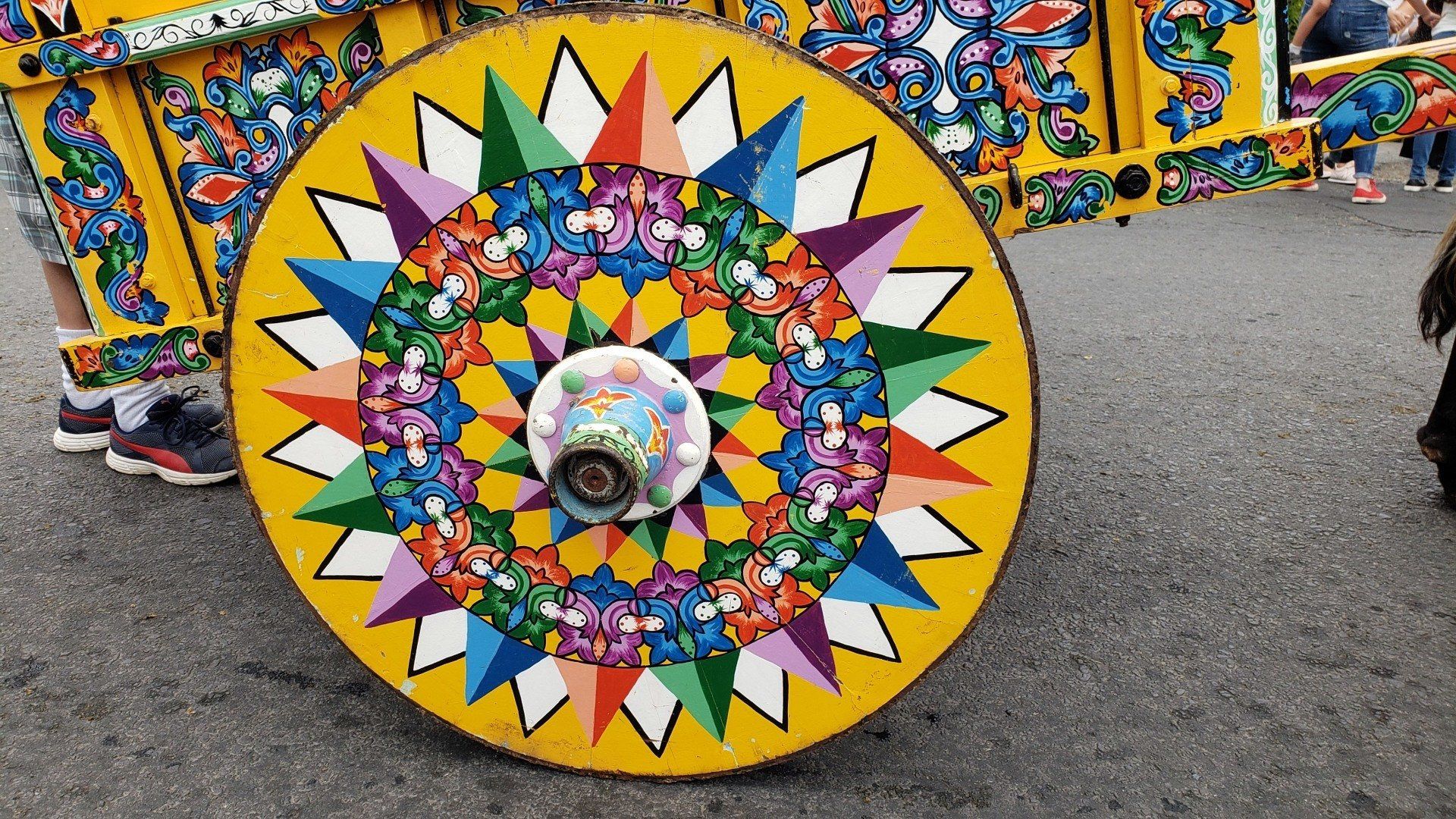
Título de diapositiva
Escriba su subtítulo aquíBotón
Título de diapositiva
Escriba su subtítulo aquíBotón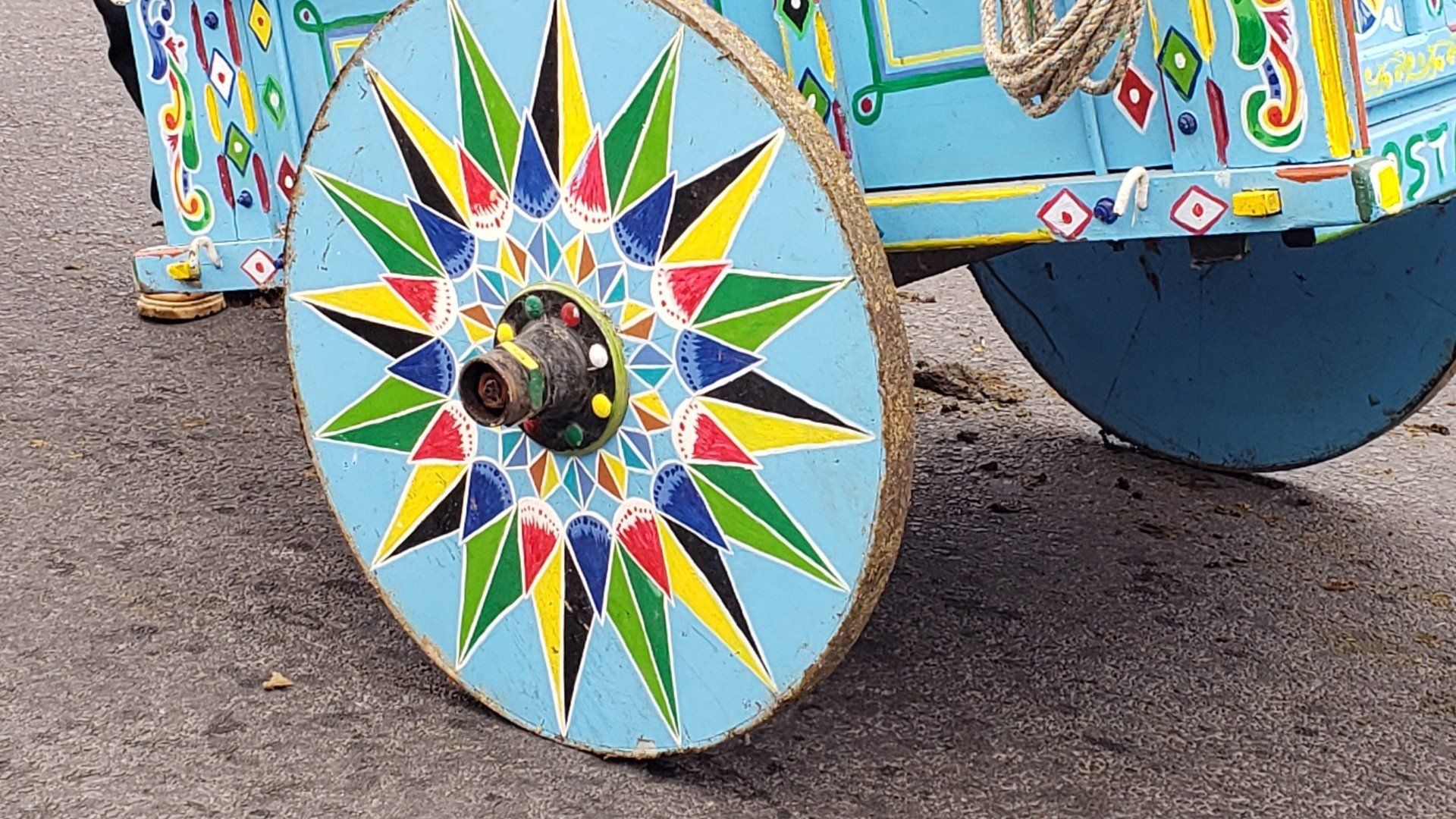
Título de diapositiva
Escriba su subtítulo aquíBotón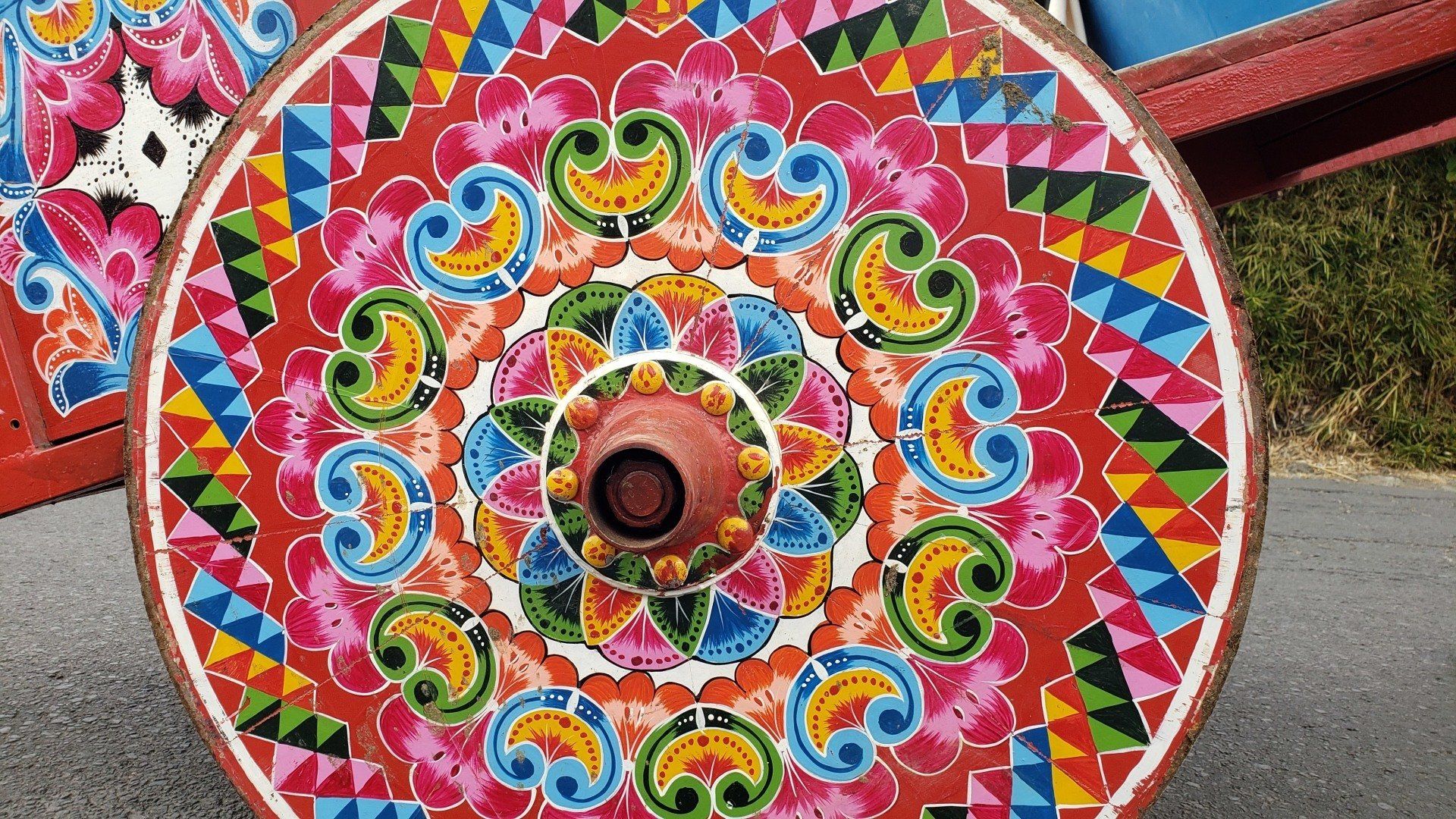
Título de diapositiva
Escriba su subtítulo aquíBotón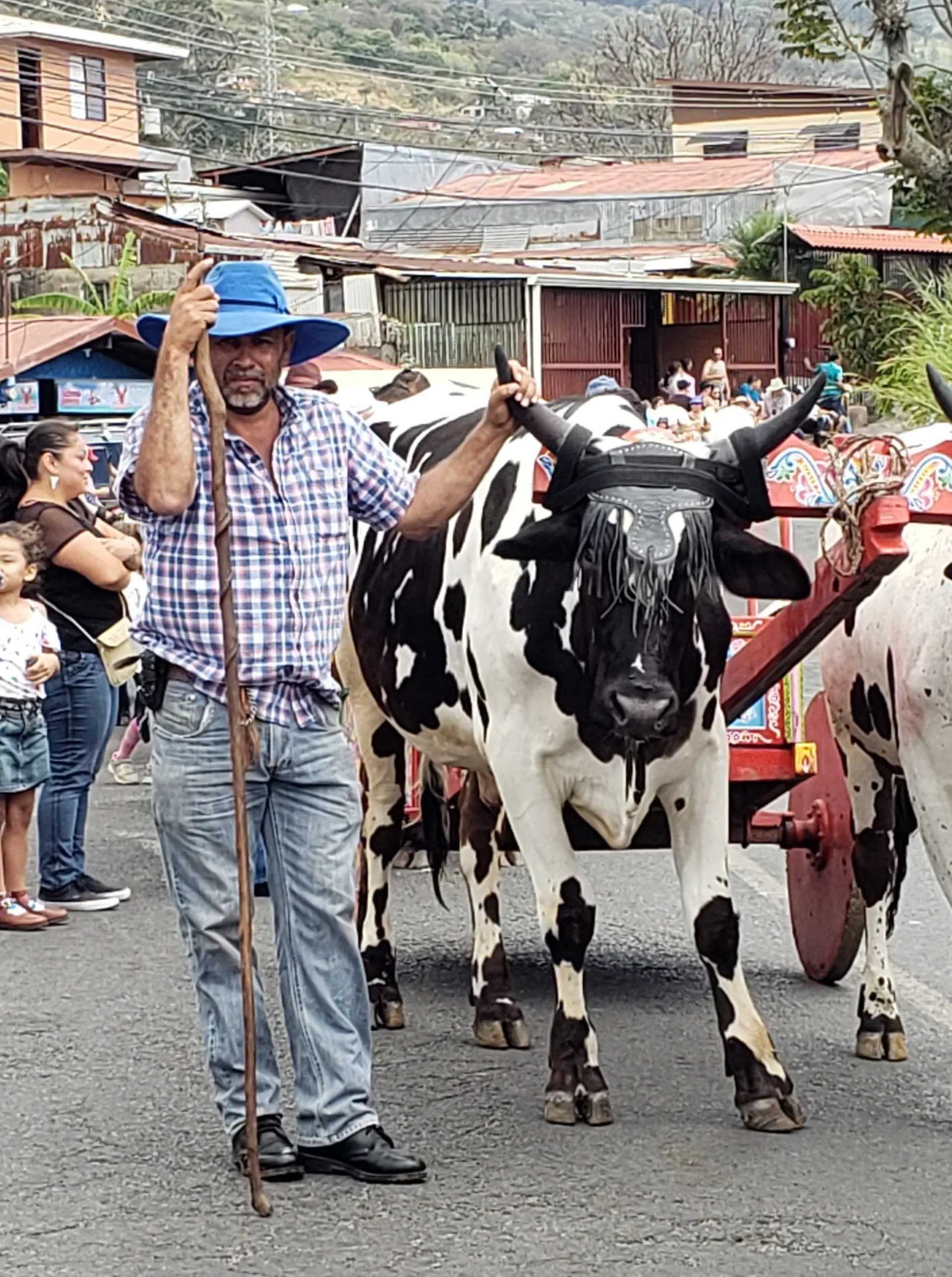
Título de diapositiva
Escriba su subtítulo aquíBotón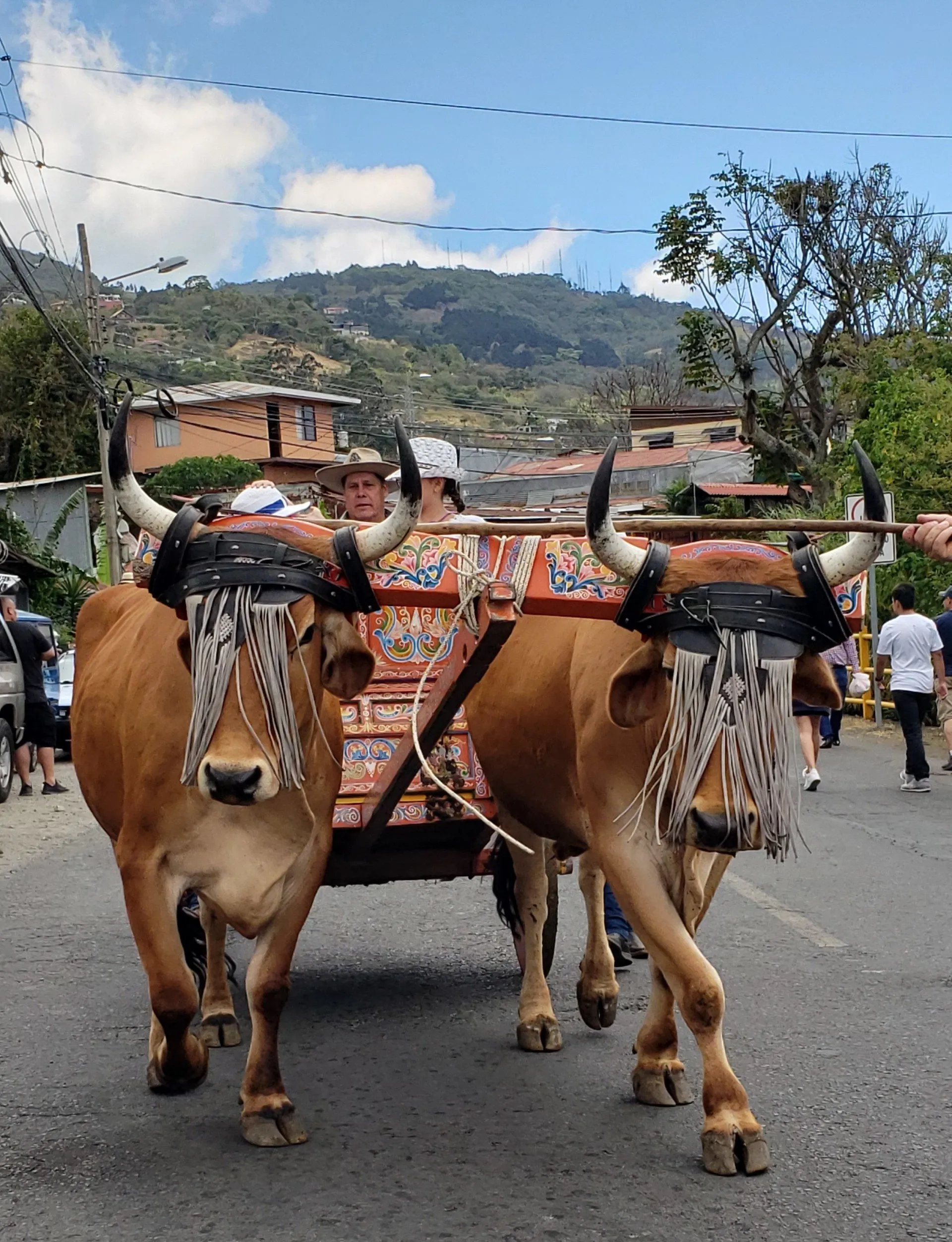
Título de diapositiva
Escriba su subtítulo aquíBotón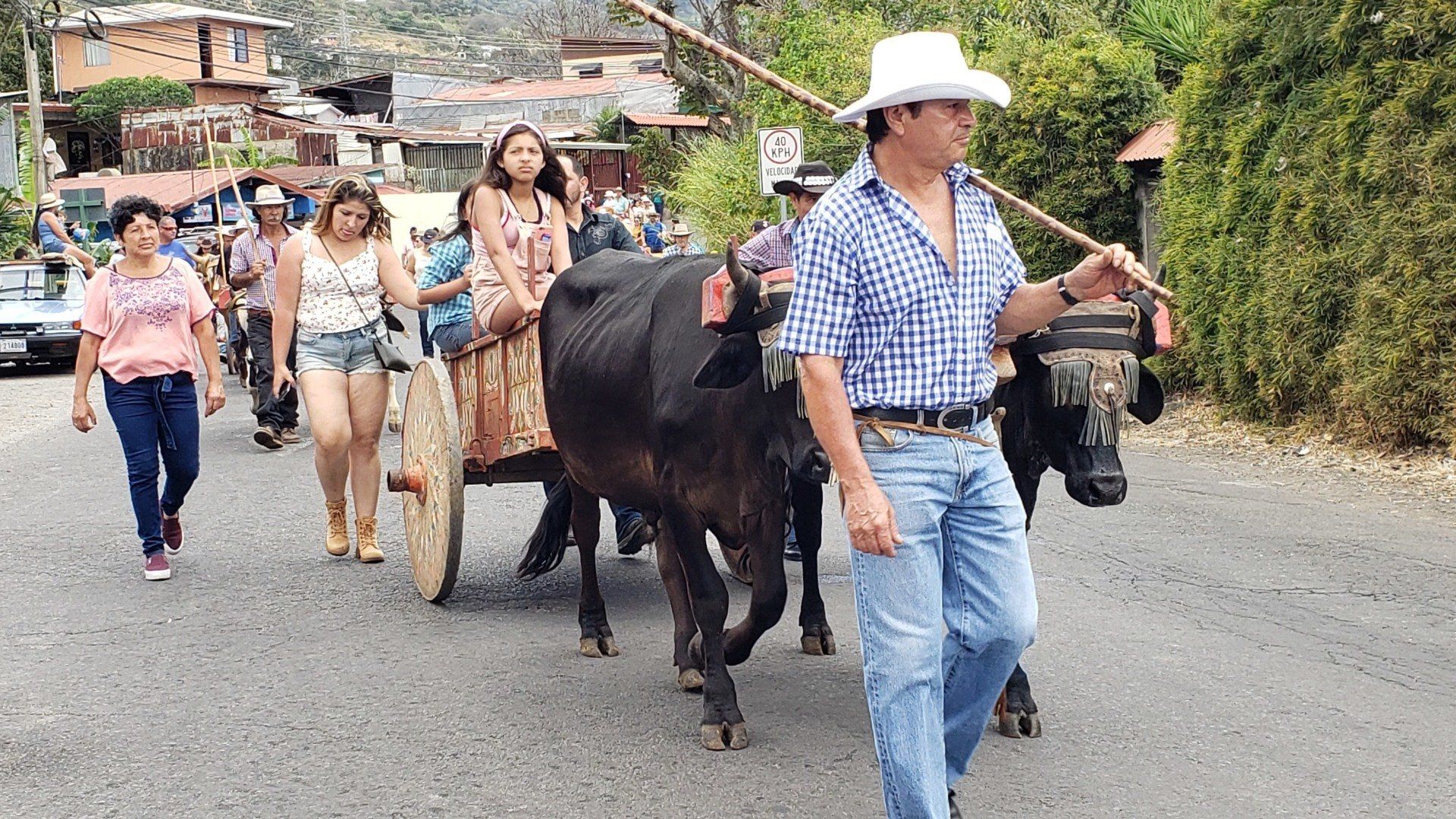
Título de diapositiva
Escriba su subtítulo aquíBotón
Título de diapositiva
Escriba su subtítulo aquíBotón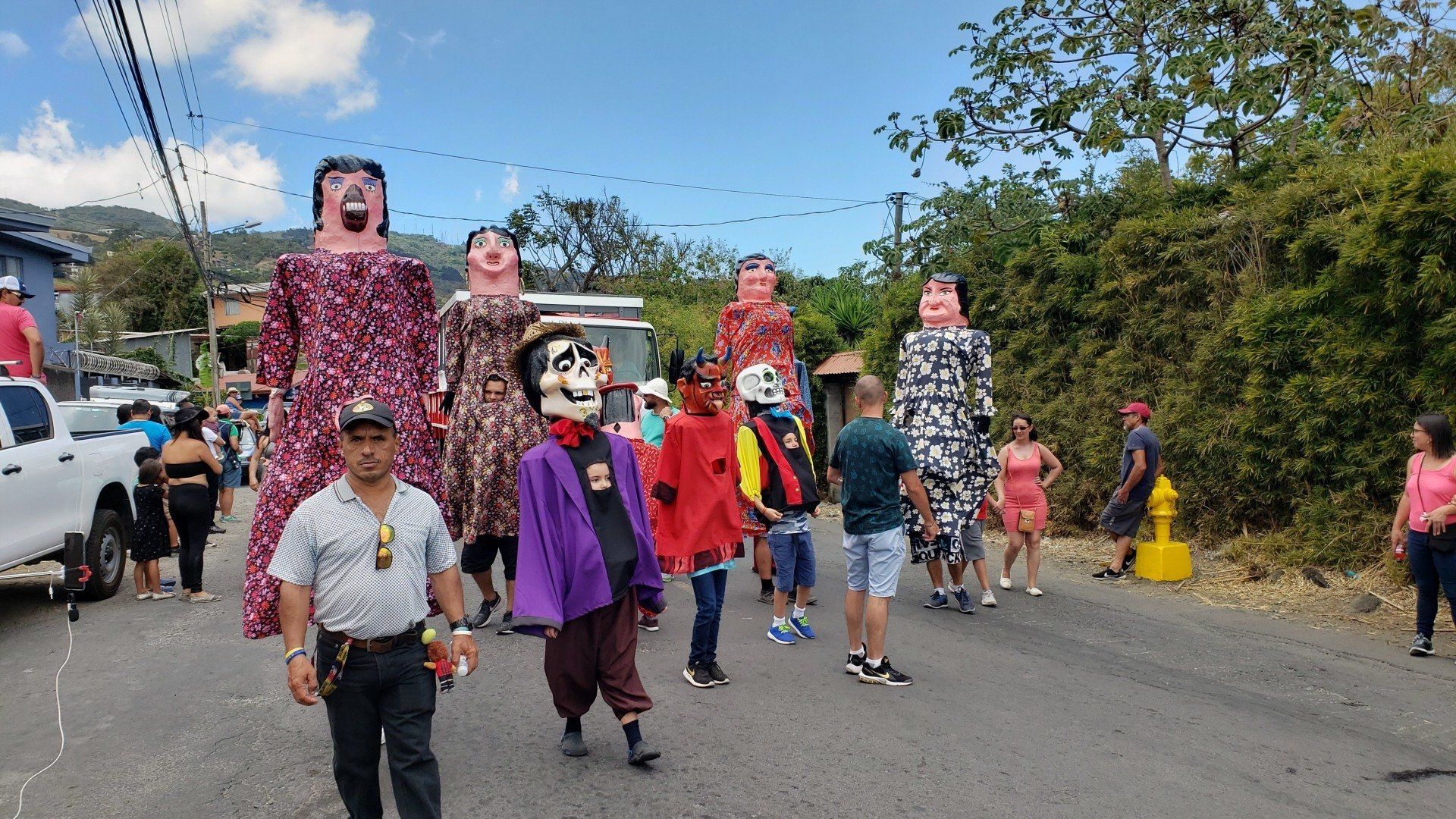
Título de diapositiva
Escriba su subtítulo aquíBotón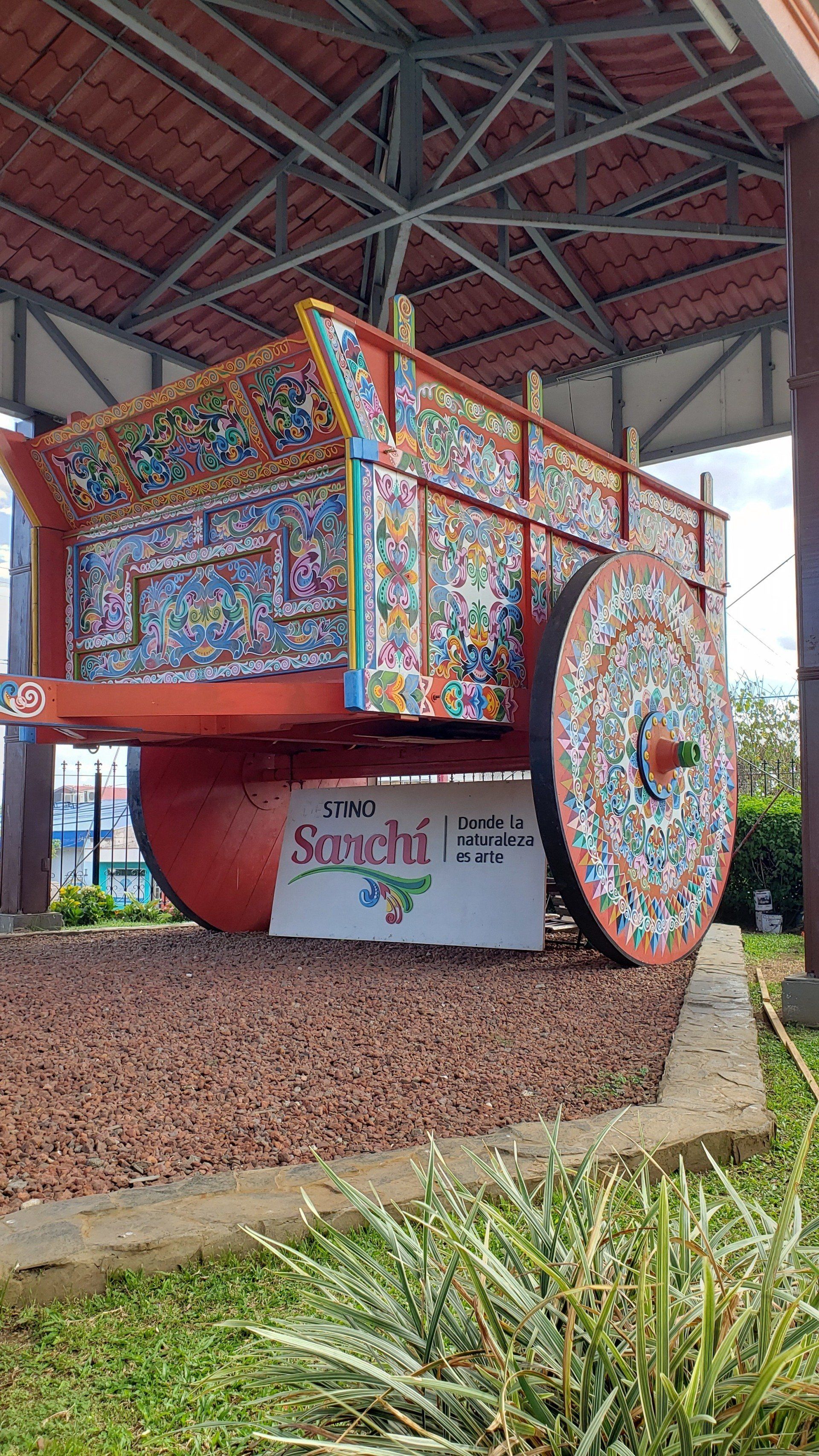
Título de diapositiva
Escriba su subtítulo aquíBotón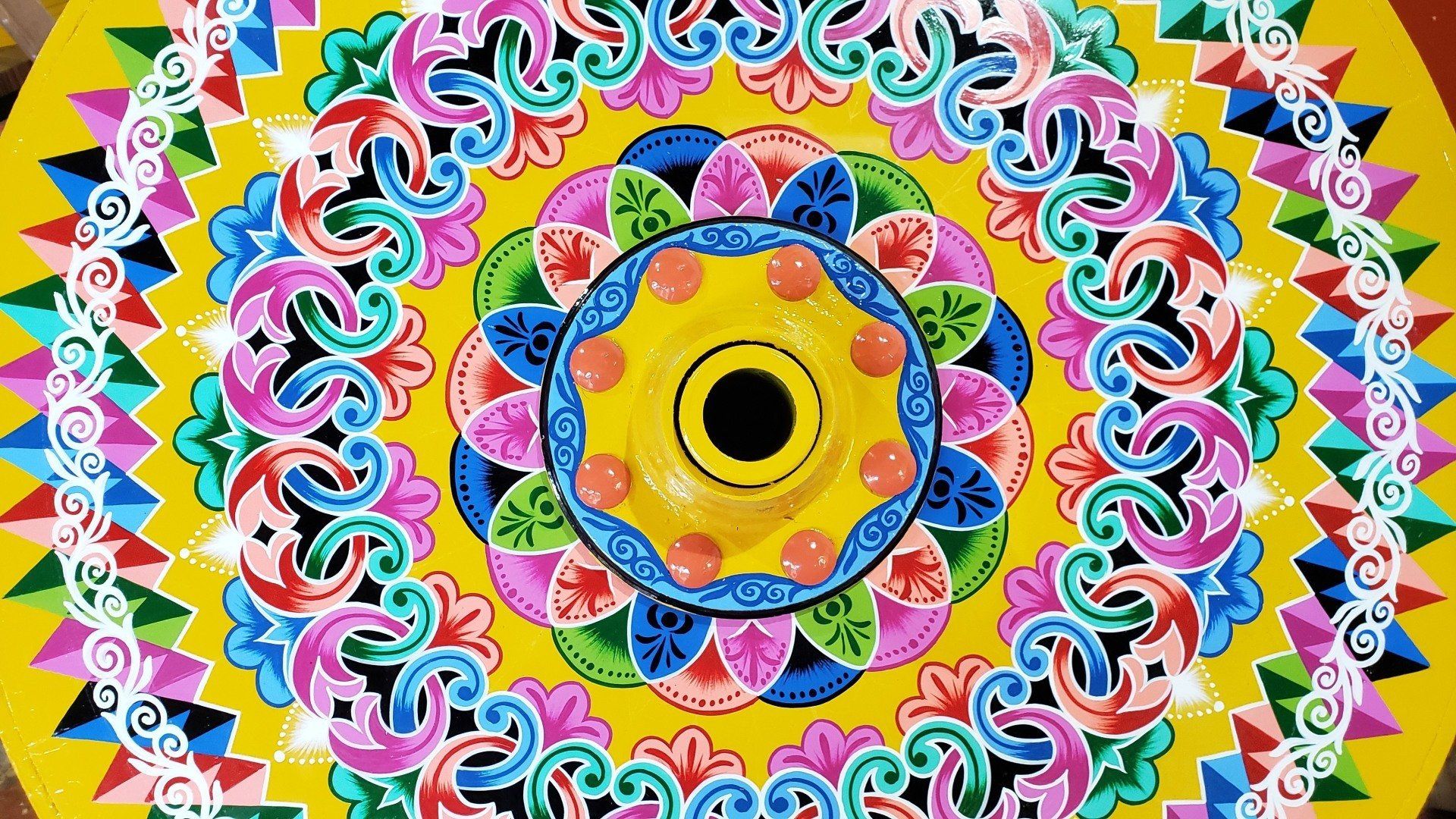
Título de diapositiva
Escriba su subtítulo aquíBotón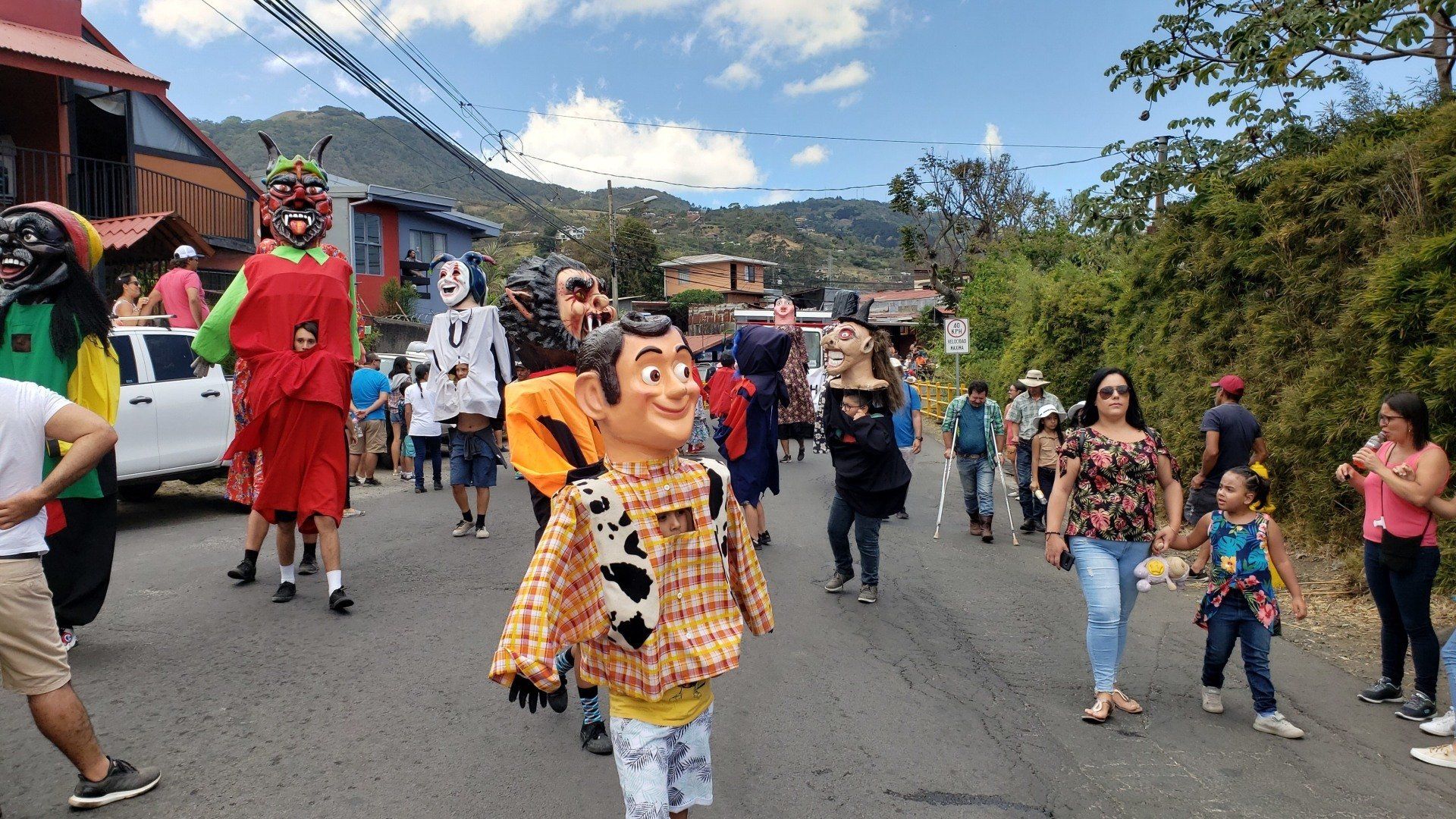
Título de diapositiva
Escriba su subtítulo aquíBotón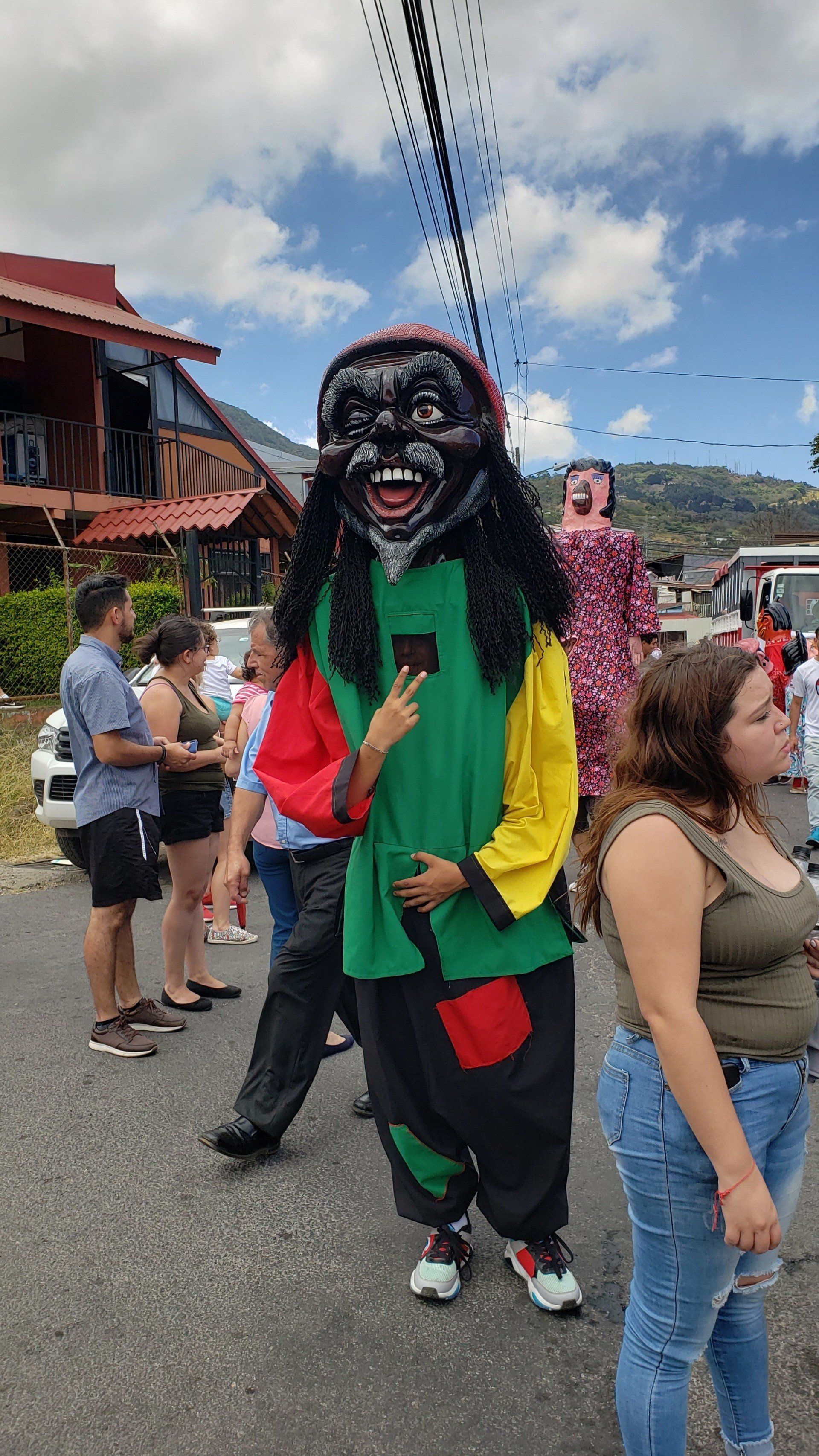
Título de diapositiva
Escriba su subtítulo aquíBotón
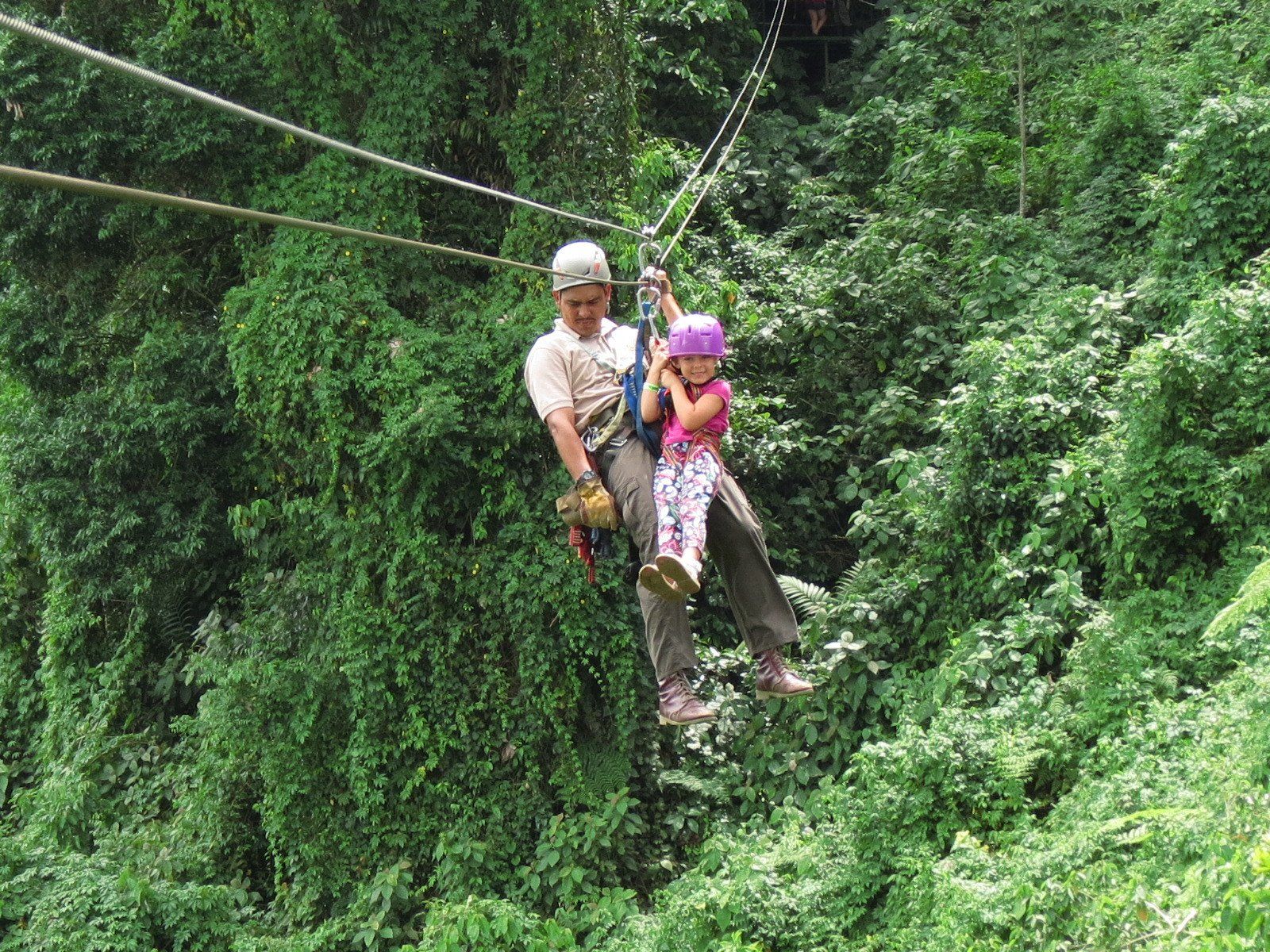
07 May, 2020
The best Ziplines in Costa Rica – ADVENTURE TRAVEL Ever dreamed of flying like a bird over broad rainforest canyons? Seeing the trees from above, while the fresh air breezes through your face? This is possible in Costa Rica while enjoying the best ziplines in our country! But...is there really one best zipline? Well, if you ask me, it all depends. You will find different options at different places. There are some for beginners and the less adventurous that still want to experience this amazing thrill. And there are some for the most audacious for whom “fear” is not in their vocabulary. These last ones are my absolute heroes – but I consider myself more like an in-between person. I do enjoy the feeling of butterflies in my stomach while still being able to look 100m below and imagining I am a bird – not a dove but more like a free eagle in search of freedom…
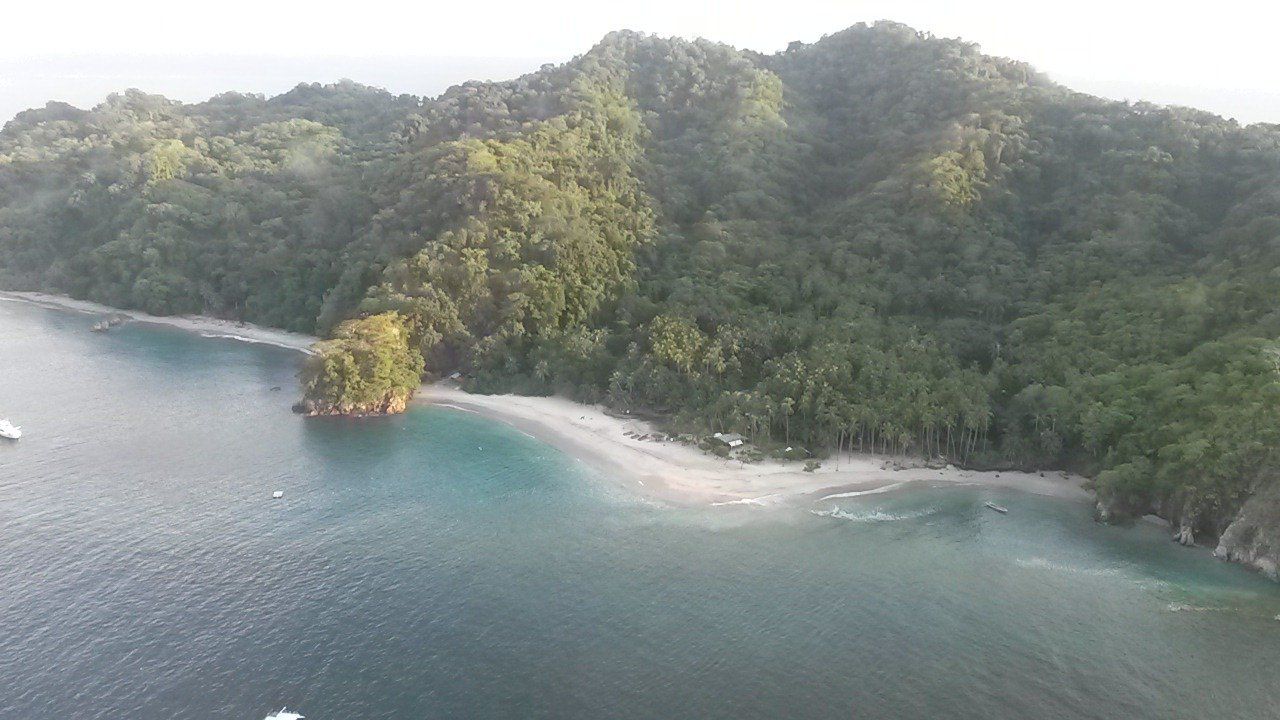
29 Apr, 2020
When is the BEST TIME to travel to Costa Rica? This question is probably the one I get the most when I receive emails or phone calls from travelers that want to visit our country. Even though my answer is always quite simple: “ALWAYS and YEAR ROUND is the best time to travel to Costa Rica”, there are for sure some differences that you may want to consider when making this decision.
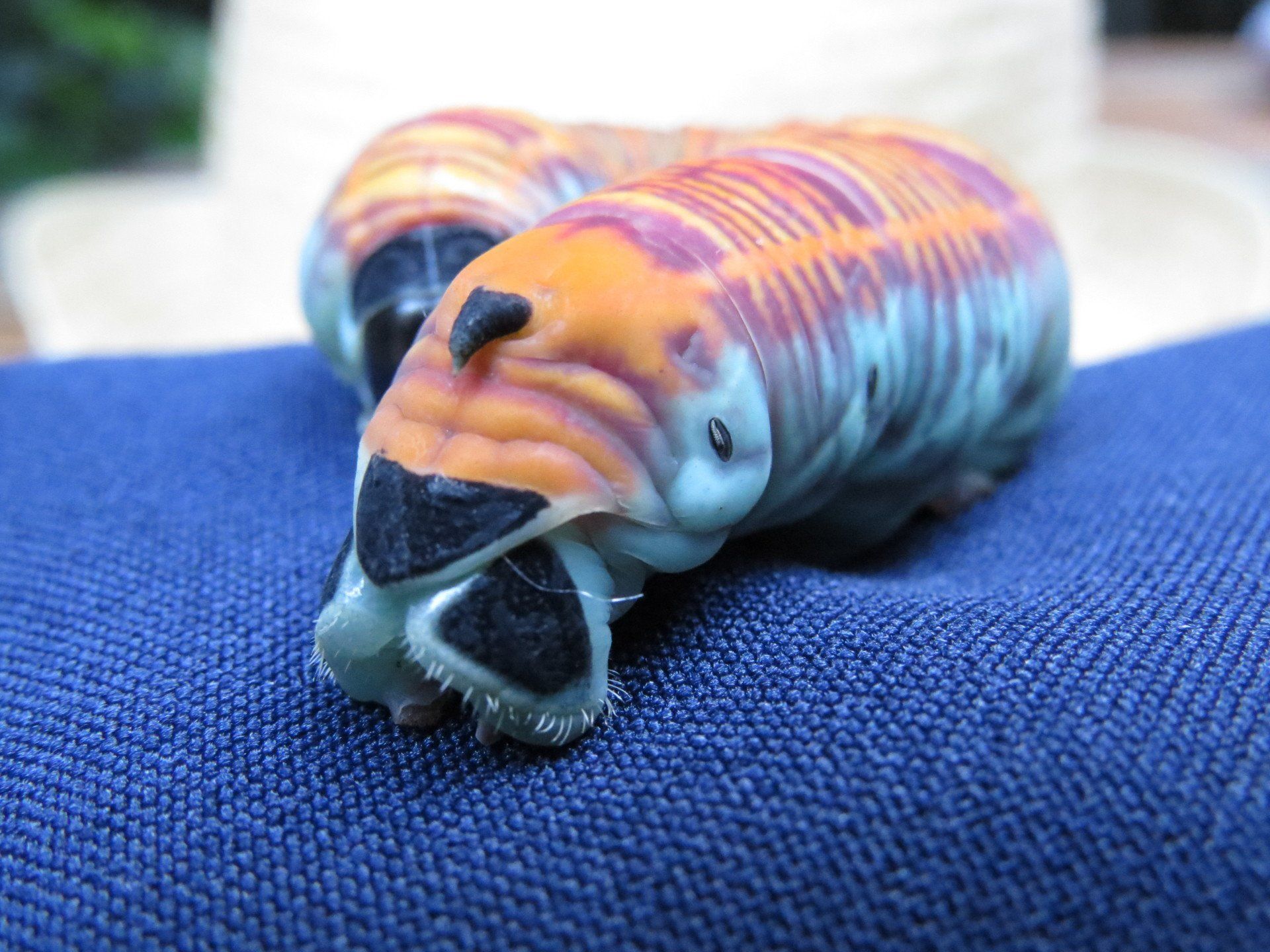
22 Apr, 2020
In and Around the Office of Tropical Pass In my previous Blog “ Manatees in Costa Rica ” I briefly mentioned that Costa Rica holds 6% of the world's biodiversity. If you think about the size of this country, only 51.000 m², that 6% sounds really amazing! Imagine: Costa Rica is smaller than West Virginia in the USA… or just a bit bigger than Niedersachsen in Germany but we are considered to possess the highest density of biodiversity of any country worldwide ! We have four percent of species estimated to exist on the planet and hundreds of these are endemic to Costa Rica.
